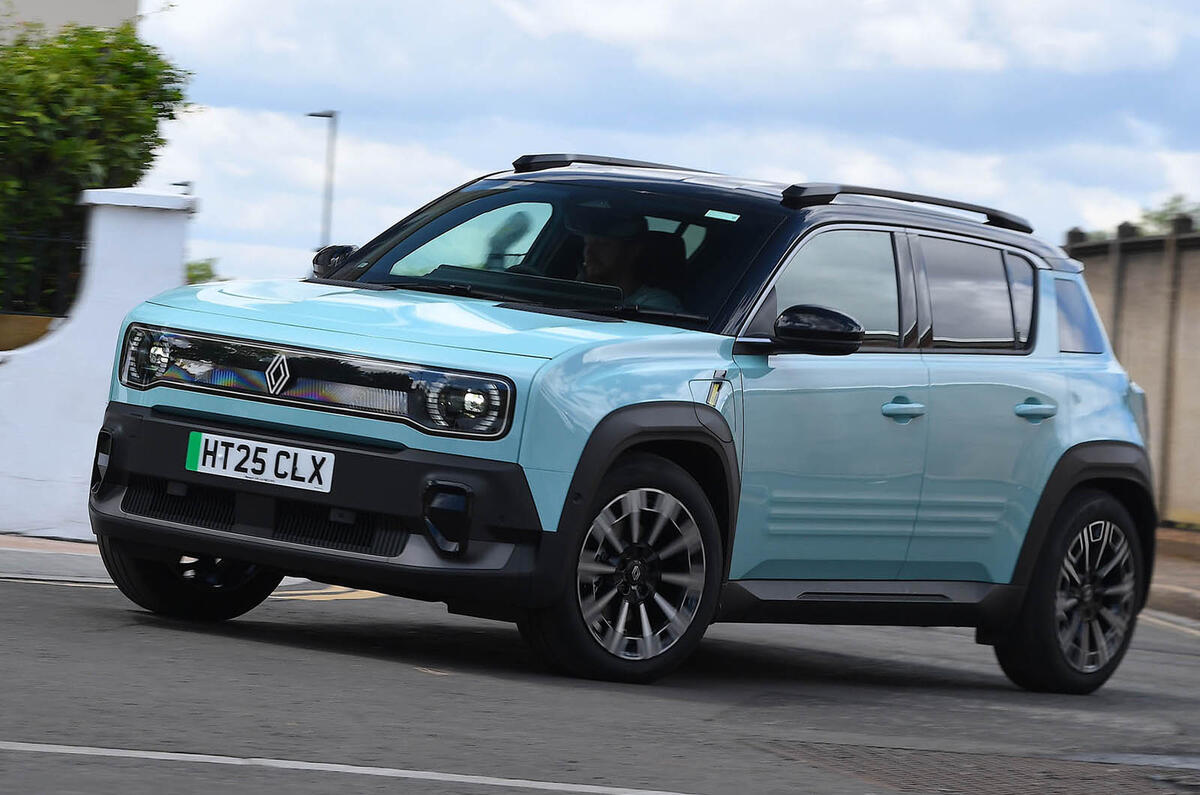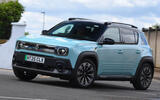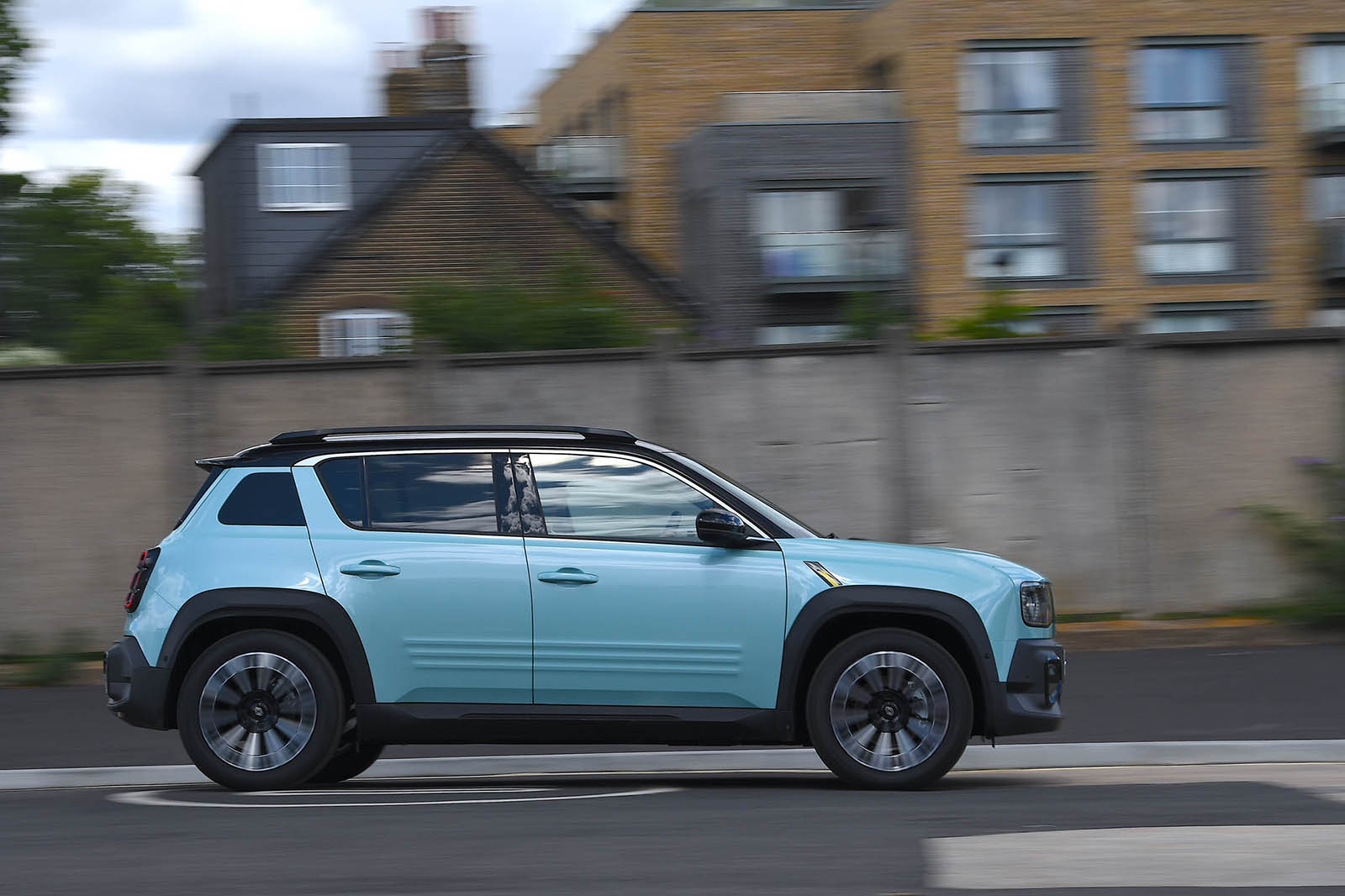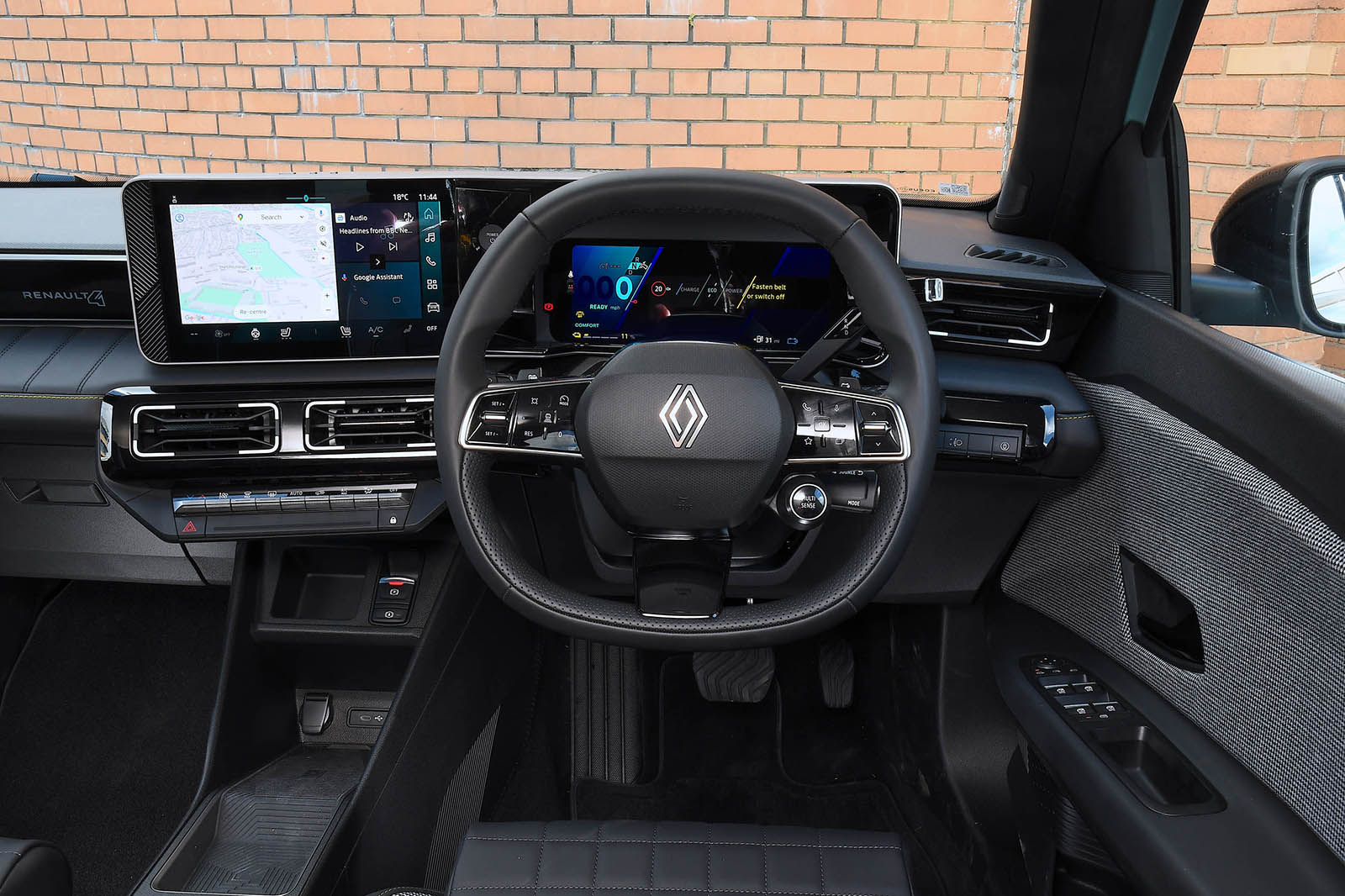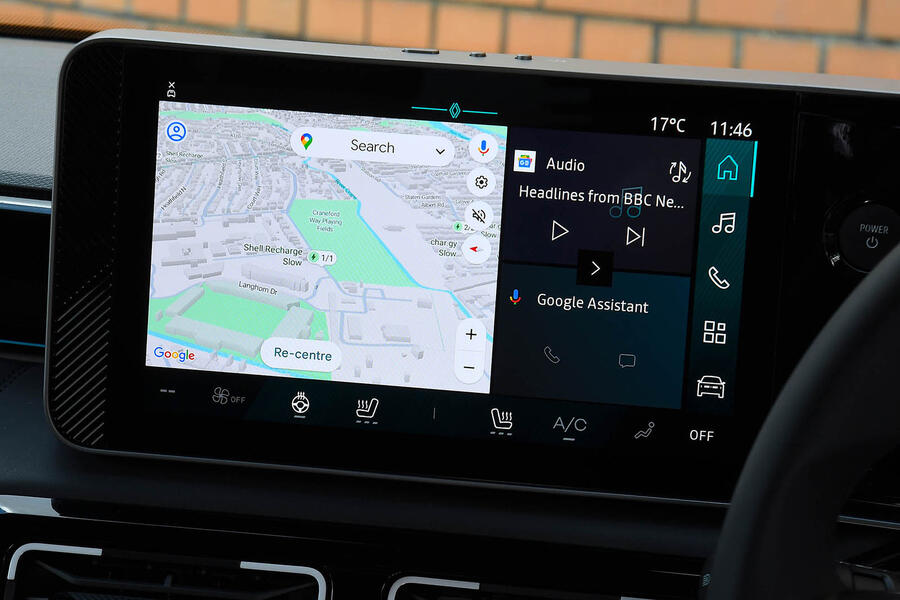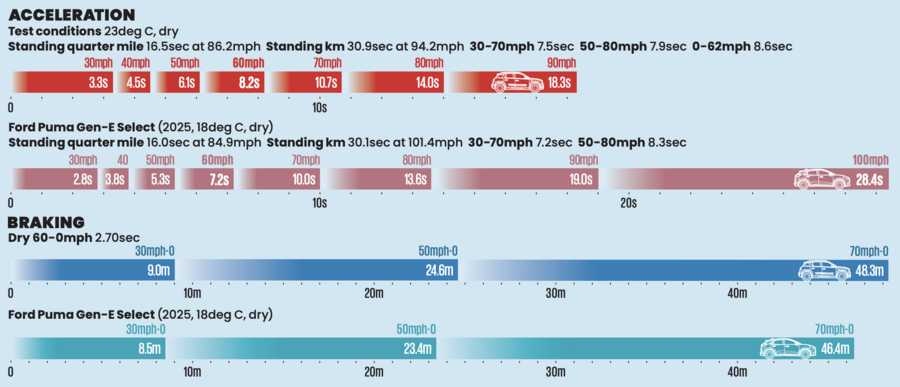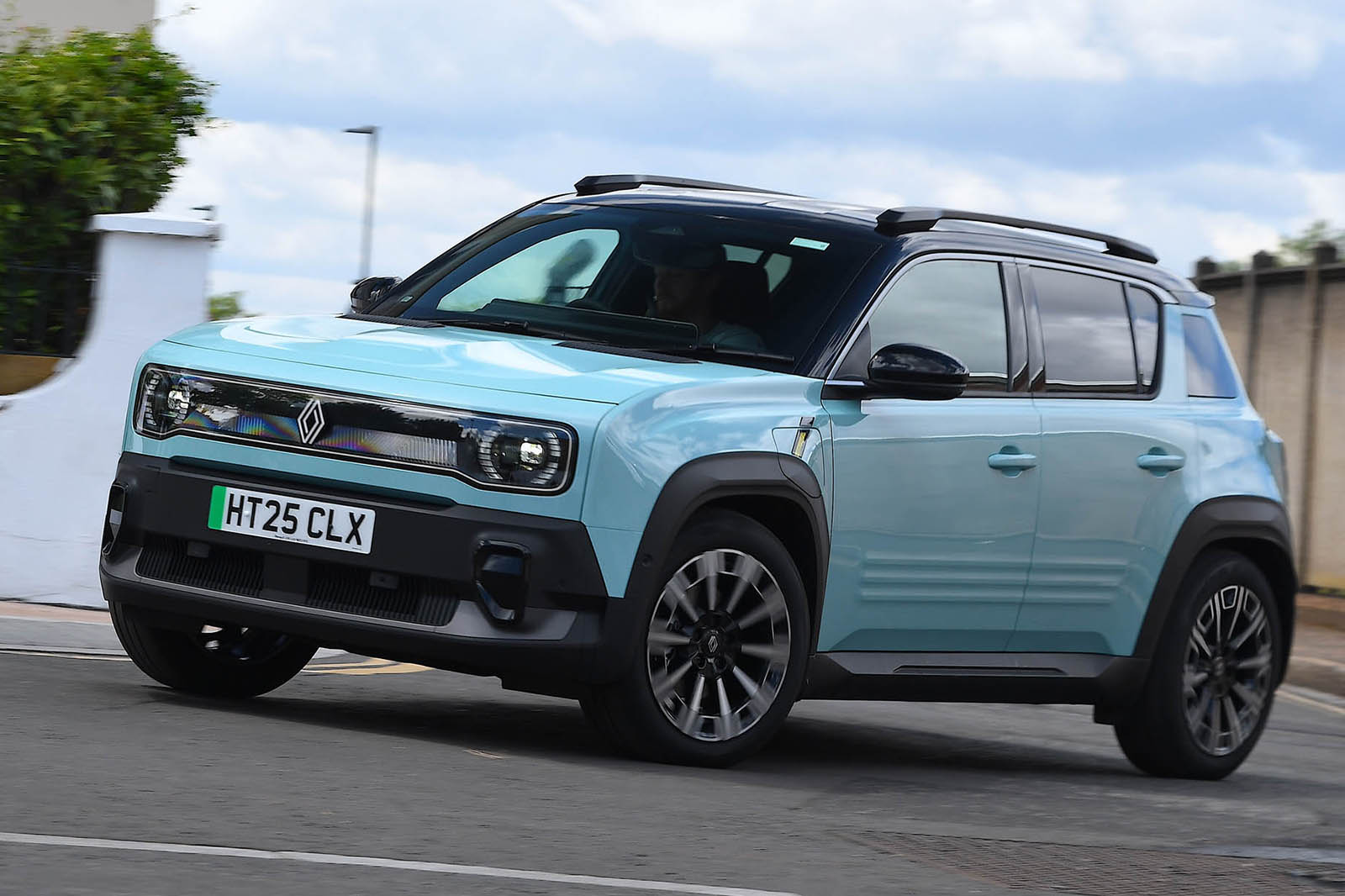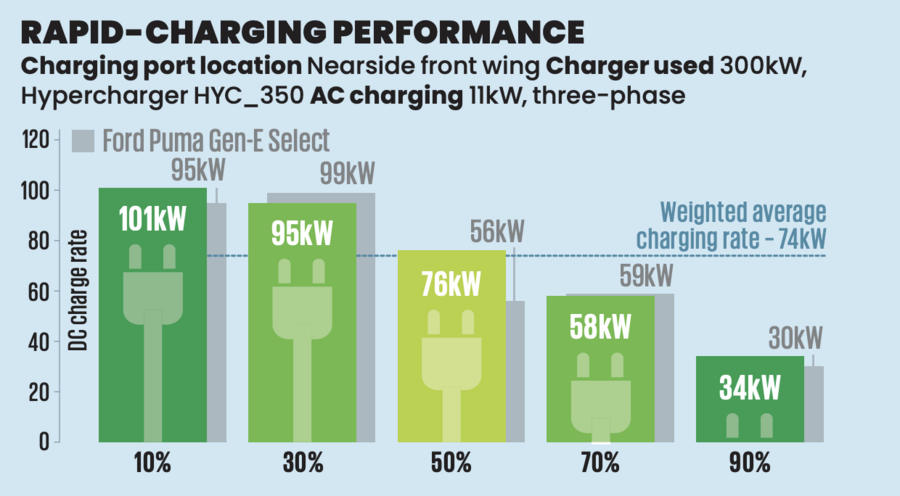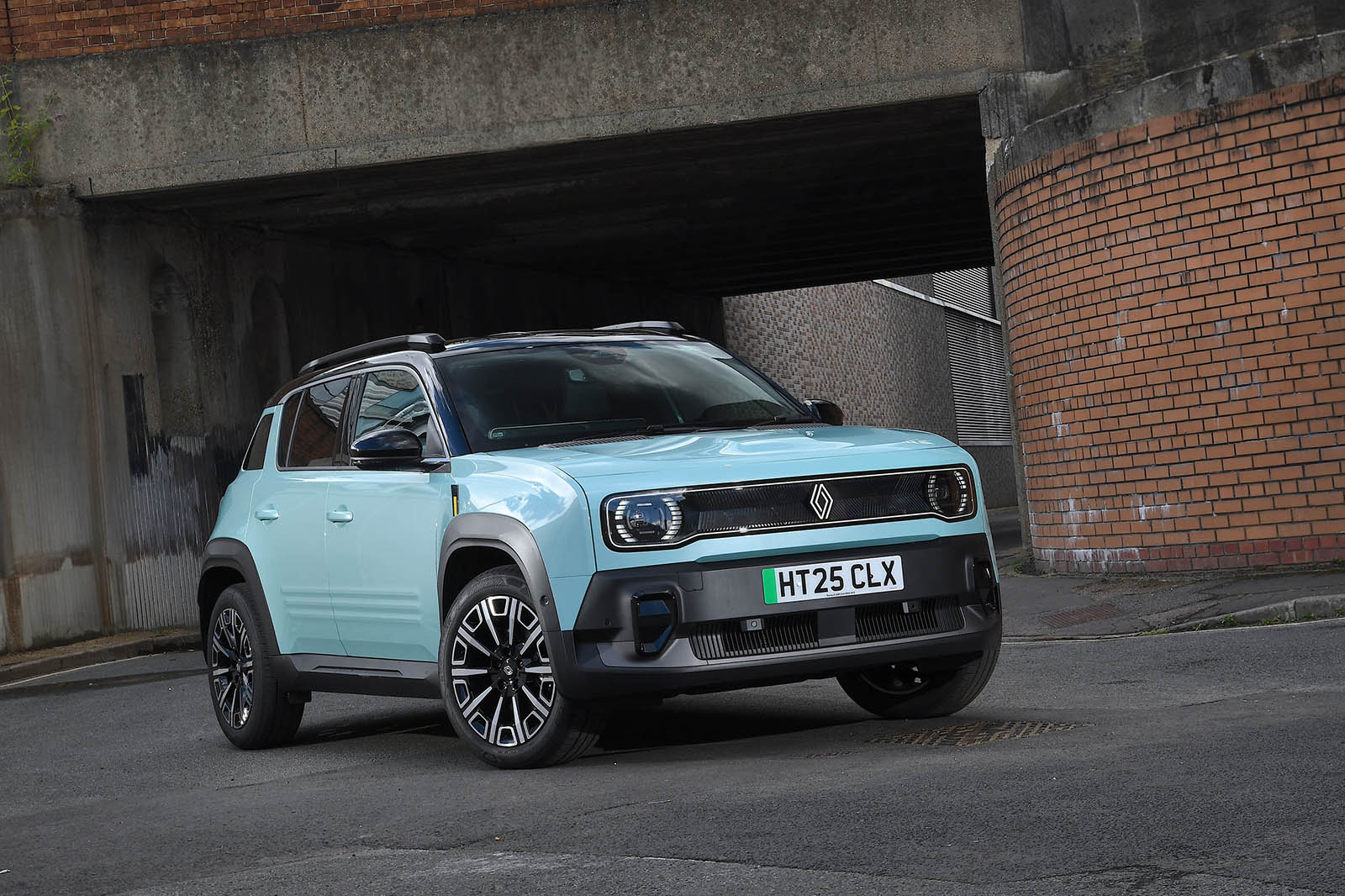Renault’s daring decision to reinvent the famous 5 and bust one of car design’s fundamental rules – ‘never regurgitate your history’ – appears to have been a masterstroke. The new, all-electric Renault 5 oozes character inside and out, it handles smartly and it is ultra-competitive on cost. It’s now the clear leader in a congested class.
The strategists at Renault’s HQ in Boulogne-Billancourt will be doubly delighted because they’ve had the chance to repeat the trick with another back-catalogue icon: the Renault 4, or simply 'R4'.
You’ll know the source material. More than eight million 4s were sold between 1961 and 1994, with production in places ranging from Wexford in Ireland to Antananarivo in Madagascar where, brilliantly, the little French station wagon remains the taxi du jour.
Where the original 5 was more about fun, the 4 was about practicality. It offered surprisingly good ride comfort on France’s war-torn country roads, as well as total utility. The need to maximise interior space is why the original 4 has a different wheelbase on each side; one of the semi-trailing arms on the rear suspension is mounted just ahead of the other, to prevent the mechanicals encroaching on cabin space. For the same reason, the gearbox is mounted directly ahead of the engine: no awkward transmission tunnel. The big boot opening also extends to the very base of the bumper.
The reinvented 4 isn’t quite so extreme in its pursuit of utility, and doesn’t quite match the original’s 22cm or so of fairly unregulated suspension travel (neither, frankly, would we want it to). Nor, at £27k or more, does it quite have rock-bottom pricing. (If anything, the 4’s true modern counterpart is the Dacia Duster.) But it does recapture to a fair extent the philosophy of its progenitor and is meaningfully different from the new 5, with which it shares a platform and nearly everything else. Is it similarly lovable? Let’s find out.


